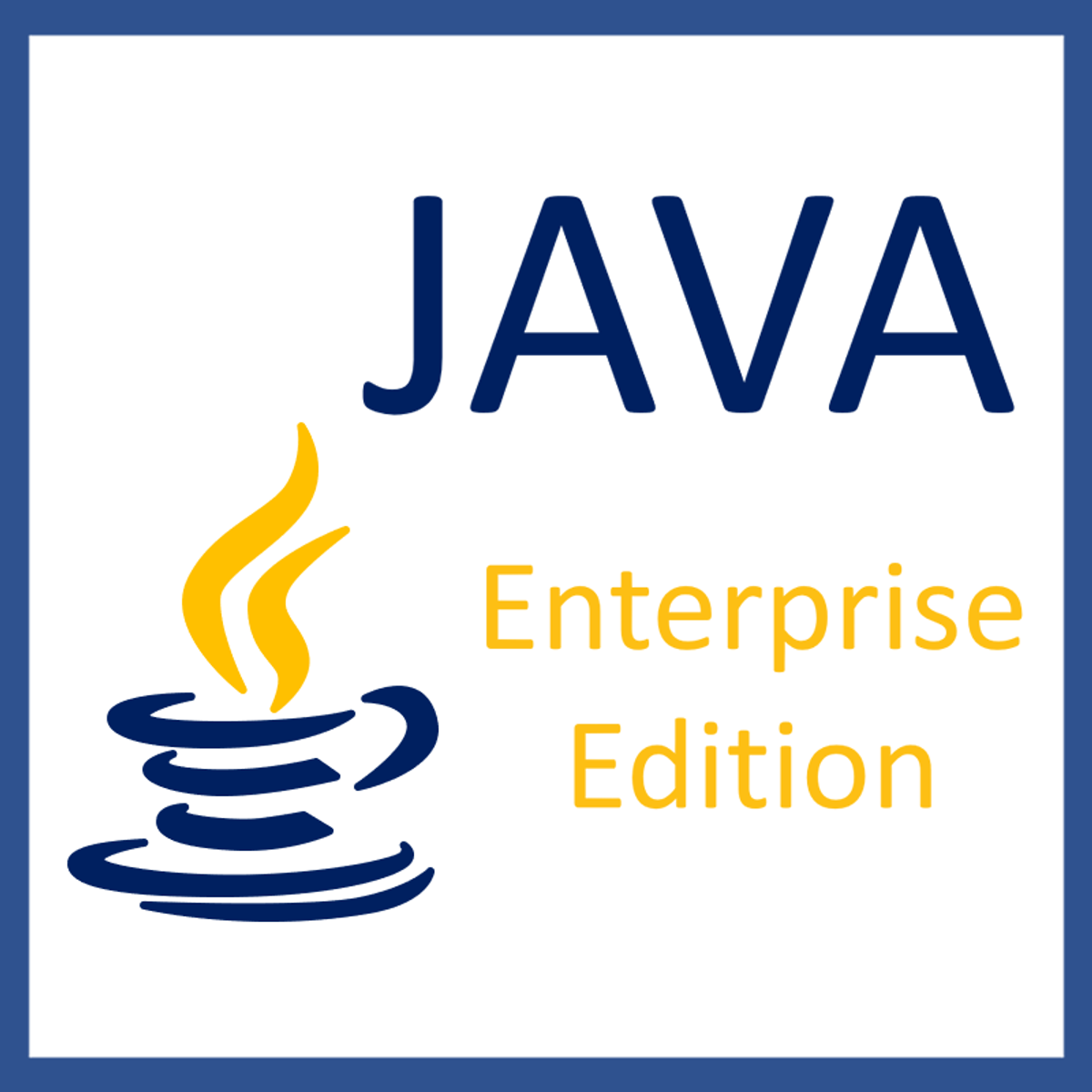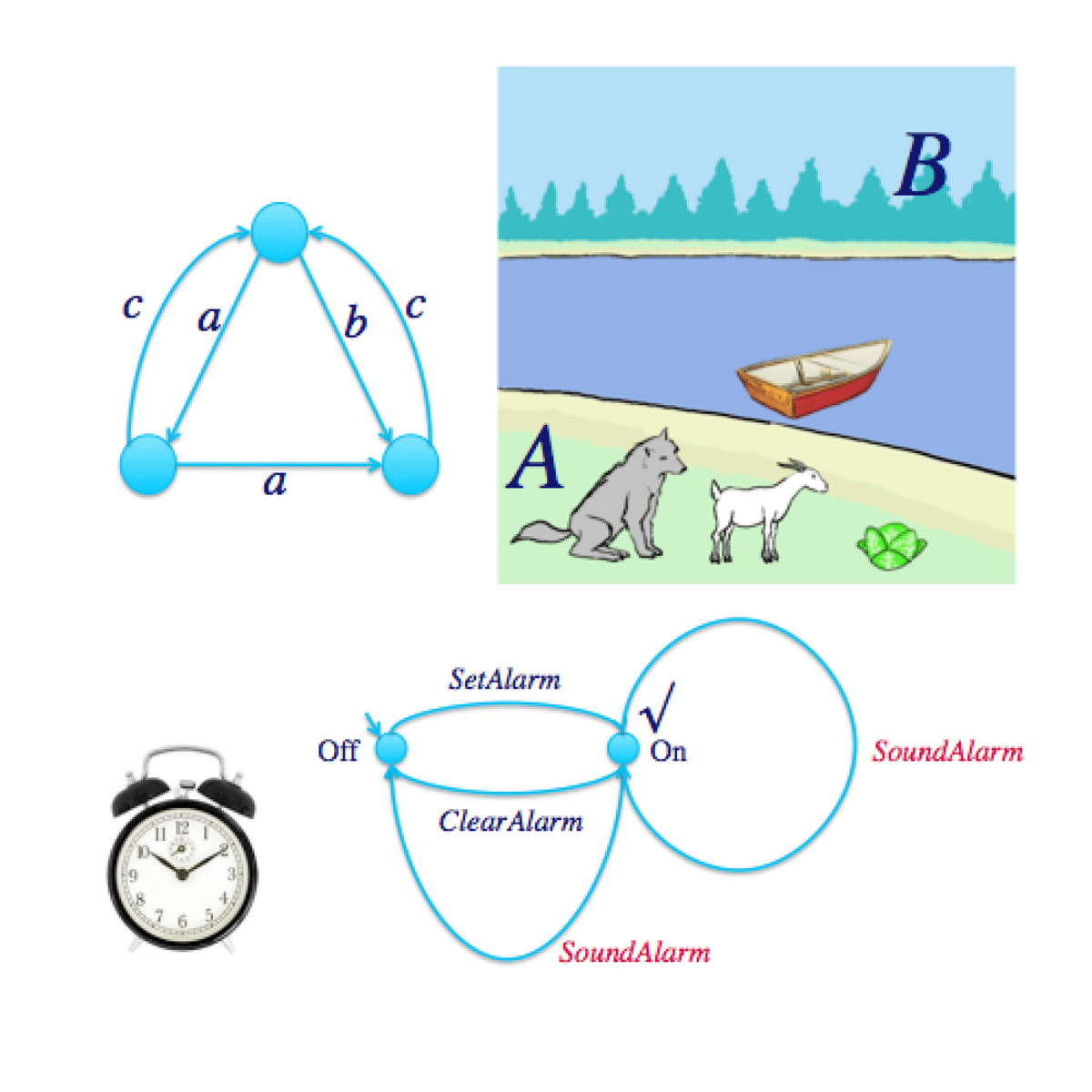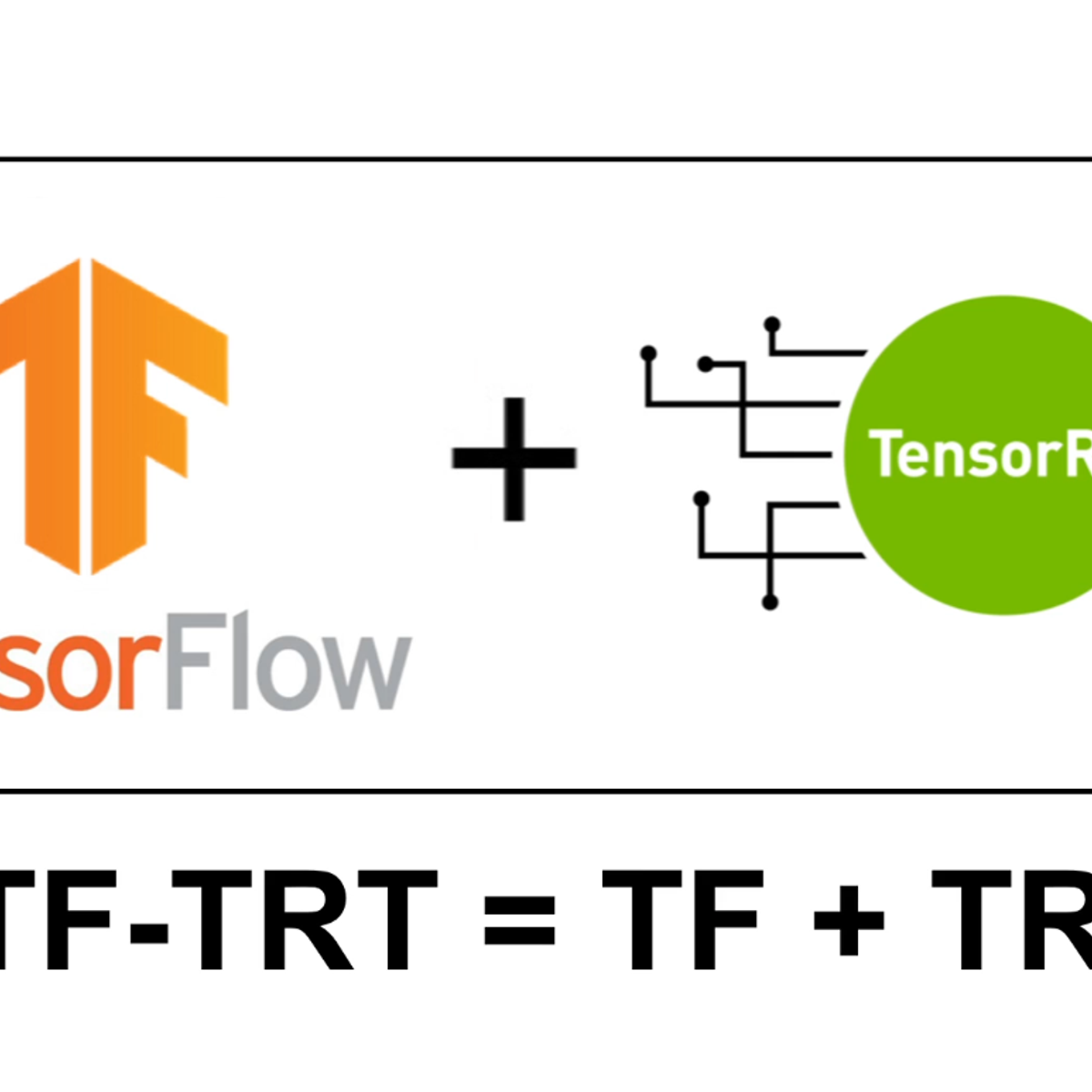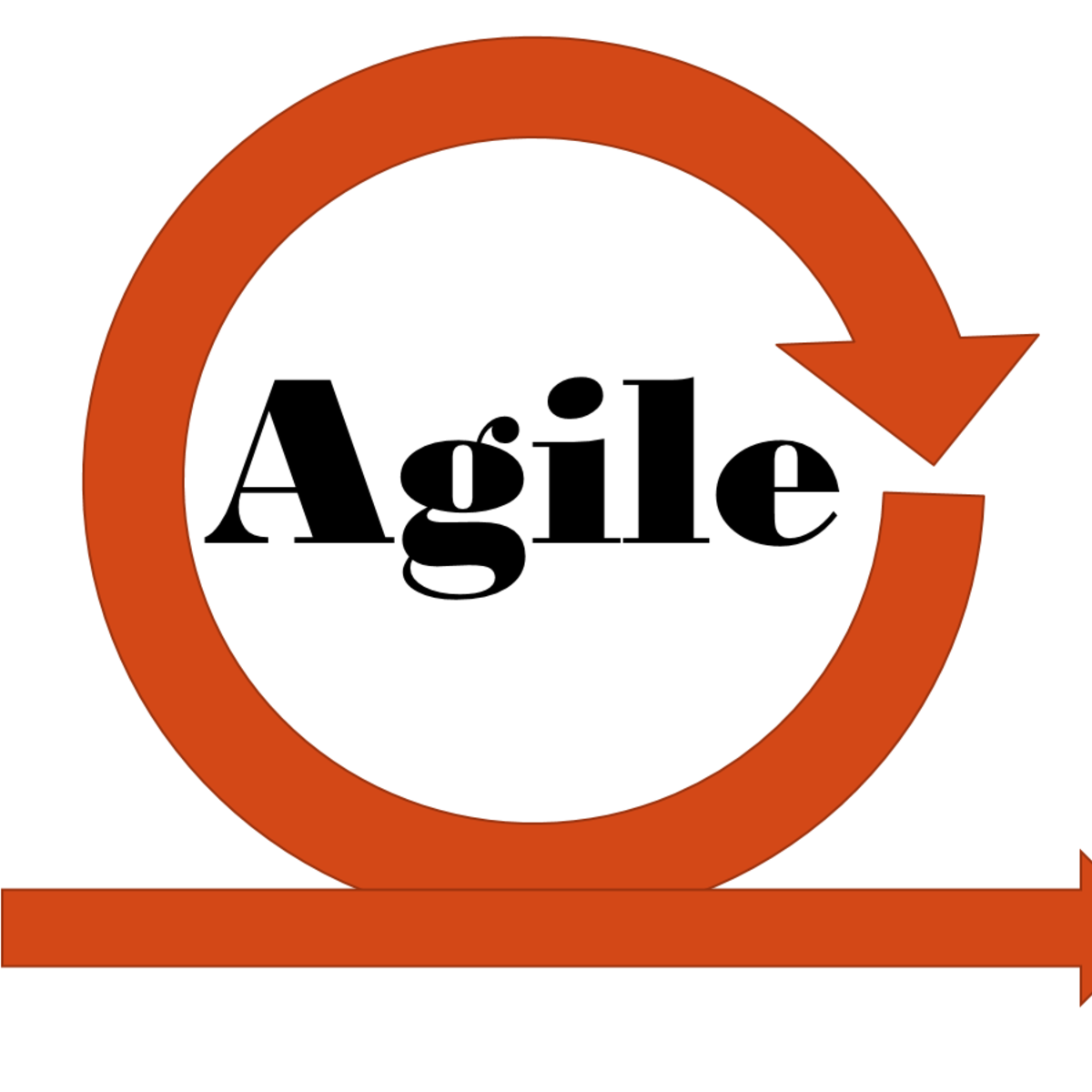Back to Courses









Software Development Courses - Page 66
Showing results 651-660 of 1266

Process student marks using ArrayList in Java
The learner will create an array list to store marks of students, and process the data by adding marks, get the stored marks to find the average and highest marks, search for specific marks, change and remove marks, find a subset of the marks, and sort the array list.

Hypothesis-Driven Development
To deliver agile outcomes, you have to do more than implement agile processes- you have to create focus around what matters to your user and constantly test your ideas. This is easier said than done, but most of today’s high-functioning innovators have a strong culture of experimentation.
In this course, you’ll learn how to identify the right questions at the right time, and pair them with the right methods to do just enough testing to make sure you minimize waste and maximize the outcomes you create with your user.
This course is supported by the Batten Institute at UVA’s Darden School of Business. The Batten Institute’s mission is to improve the world through entrepreneurship and innovation: www.batteninstitute.org.

Manage Your Versions with Git (Part I)
This 1.5 hours project-based course is the first part of "Manage Your Versions with Git". In this course, you will learn about the ubiquitous Git version management system. Git is an industry standard that is used in virtually every major development platform and environment to manage code changes and versions. This class will deepen your understanding of how git works and the relevant terminologies.
No specific coding experience is required but basic software development experience would be highly beneficial.

Work with Dates in JavaScript
By the end of this project, you will have learned to create and manipulate date objects in JavaScript. You will work with dates by using Date Get methods to isolate and use portions of a date—like month and year—and Date Set methods to set portions of a date to specific values. Since dates are often critical pieces of data, the ability to control them is an essential skill for any JavaScript programmer.
Note: This course works best for learners who are based in the North America region. We’re currently working on providing the same experience in other regions.

Introduction to Java Enterprise Edition (EE)
This course focuses on JEE as a platform. We discuss the motivation and purpose, as well as some of the frequently used libraries and technologies, in the Java Enterprise Edition. We take a look at Web basics, our building blocks for understanding how the internet works. Then, we get very hands on with understanding the Servlet hierarchy, and how servlets handle request/response cycles. Finally, we learn about transferring control via forward and redirect mechanisms.

The R Programming Environment
This course provides a rigorous introduction to the R programming language, with a particular focus on using R for software development in a data science setting. Whether you are part of a data science team or working individually within a community of developers, this course will give you the knowledge of R needed to make useful contributions in those settings. As the first course in the Specialization, the course provides the essential foundation of R needed for the following courses. We cover basic R concepts and language fundamentals, key concepts like tidy data and related "tidyverse" tools, processing and manipulation of complex and large datasets, handling textual data, and basic data science tasks. Upon completing this course, learners will have fluency at the R console and will be able to create tidy datasets from a wide range of possible data sources.

System Validation: Automata and behavioural equivalences
Have you ever experienced software systems failing? Websites crash, calendar not synchronising, or even a power blackout. Of course you have! But did you know that many of these errors are the result of communication errors either within a system or between systems? Depending on the system, the impact of software failures can be huge, even resulting in massive economic damage or loss of lives. Software, and in particular the communication between software-intensive systems, is very complex and very difficult to get right. However, we _need_ dependability in the systems we use, directly or indirectly, to support us in our everyday lives.
System Validation helps you to design embedded system behaviour that is structurally sound. It also enforces you to make the behaviour simple and insightful; systems that are designed for sound behaviour are also much easier to maintain and adapt. System Validation is the field that studies the fundamentals of system communication and information processing. The techniques put forward in system validaton allow to prove the absence of errors.
This first course ’Automata and behavioural equivalences', builds the foundation of the subsequent courses, showing you how to look at system behaviour as state machines. It discusses behavioural equivalences and illustrate these in a number of examples and quizzes. This course explains labelled transition systems or automata to model behaviour for especially software controlled systems. An important question is when two behaviours represented by such automata are equal. The answer to this question is not at all straightforward, but the resulting equivalences are used as powerful tools to simplify complex behaviour. This allows us to exactly investigate and understand the behavioural properties of such systems precisely. Especially, in the combination with hiding of behaviour, equivalence reduction is a unique technique to obtain insight in the behaviour of systems, far more effective than simulation or testing. Using this insight we can make the models correct. Such models form an excellent basis for the production of concise, reliable and maintainable software.
This course is part I of the set of courses for System Validation. System Validation, as a set of courses, is part of a larger EIT Digital online programme called 'Internet of Things through Embedded Systems'.

Optimize TensorFlow Models For Deployment with TensorRT
This is a hands-on, guided project on optimizing your TensorFlow models for inference with NVIDIA's TensorRT. By the end of this 1.5 hour long project, you will be able to optimize Tensorflow models using the TensorFlow integration of NVIDIA's TensorRT (TF-TRT), use TF-TRT to optimize several deep learning models at FP32, FP16, and INT8 precision, and observe how tuning TF-TRT parameters affects performance and inference throughput.
Prerequisites:
In order to successfully complete this project, you should be competent in Python programming, understand deep learning and what inference is, and have experience building deep learning models in TensorFlow and its Keras API.
Note: This course works best for learners who are based in the North America region. We’re currently working on providing the same experience in other regions.

Agile Software Development
Software industry is going crazy on agile methods. It is rapidly becoming the choice for software development where requirements are unpredictable or is expected to change over time. This course will help you gain knowledge on what is agile? Why agile is better suited for these situations? We will also cover some of the most common agile frameworks like scrum and XP in depth.
Prerequisite: You need basic knowledge of software development process and software development methodologies.
After completing this course, you will be able to :
1) Demonstrate the ability to participate effectively in agile practices/process for software development.
2) Explain the purpose behind common agile practices.
3) Ability to apply agile principles and values to a given situation.
4) Ability to identify and address most common problems encountered in adopting Agile methods.
Project: You will also be given opportunity to apply what you learn in this course. You will be given fictional case studies, where after studying the case study, you will have to exercise some of the practices, techniques, etc that team members of an agile team members are expected to know.

Generate Synthetic Images with DCGANs in Keras
In this hands-on project, you will learn about Generative Adversarial Networks (GANs) and you will build and train a Deep Convolutional GAN (DCGAN) with Keras to generate images of fashionable clothes. We will be using the Keras Sequential API with Tensorflow 2 as the backend.
In our GAN setup, we want to be able to sample from a complex, high-dimensional training distribution of the Fashion MNIST images. However, there is no direct way to sample from this distribution. The solution is to sample from a simpler distribution, such as Gaussian noise. We want the model to use the power of neural networks to learn a transformation from the simple distribution directly to the training distribution that we care about. The GAN consists of two adversarial players: a discriminator and a generator. We’re going to train the two players jointly in a minimax game theoretic formulation.
This course runs on Coursera's hands-on project platform called Rhyme. On Rhyme, you do projects in a hands-on manner in your browser. You will get instant access to pre-configured cloud desktops containing all of the software and data you need for the project. Everything is already set up directly in your internet browser so you can just focus on learning. For this project, you’ll get instant access to a cloud desktop with Python, Jupyter, and Keras pre-installed.
Notes:
- You will be able to access the cloud desktop 5 times. However, you will be able to access instructions videos as many times as you want.
- This course works best for learners who are based in the North America region. We’re currently working on providing the same experience in other regions.
Popular Internships and Jobs by Categories
Browse
© 2024 BoostGrad | All rights reserved


